The artistic heritage is undoubtedly one of the main treasures of our country, which, not surprisingly, has the highest number of UNESCO sites of the world. Every year millions of tourists from all corners of the world come to Italy to admire the immense natural and historical-cultural beauties that make our territory so coveted and appreciated.
Just think of the great museum hubs scattered throughout Italy from north to south, from the Uffizi in Florence to the Valley of the Temples in Agrigento, Sicily. Certainly no exception is a region like the Campania which can boast many places of enormous interest, starting with the archaeological excavations of Pompeii and Herculaneum, the Royal Palace in Caserta, the Royal Palace in Naples, the Archaeological Museum of Naples, and so on.
Precisely to boost Italian tourism, the initiative was established in 2014. Sunday at the Museum which provides free access every first Sunday of the month to major state-owned museums, archaeological digs, art galleries, parks and gardens. This is a great way to carve out free time and visit the country's most beautiful and renowned sites for free.
If access is free, we at Movery we simply provide you with tour guide services, so you can receive all the information and historical notions about the place you have chosen to admire. Each guide will be able to tell you about the glorious past of places with irresistible and timeless charm.
In any case, it should be clarified that for each tourist site it is still necessary to book the entrance ticket on the respective official portal.
Let's learn which museums are open on the first Sunday of the month in Campania.
Archaeological excavations of Pompeii : is Italy's main archaeological site, unearthed over 200 years ago after the Vesuvian eruption in 79 AD.
Archaeological excavations of Herculaneum : are renowned for the recovery of the famous Villa of the Papyri, one of the greatest residences of antiquity, in whose library more than 1,000 papyri have been found
Baia Castle : belongs to the Archaeological Museum of the Phlegraean Fields and is one of the most emblematic examples of military architecture
Archaeological excavations of Cumae : here one can admire the ancient remains of the city of Cumae, a Greek colony dating back to 730 B.C., whose ludic buildings, necropolis and religious temples have been found
Palace of Portici : now the seat of the Faculty of Agriculture at Frederick II University, is an imposing monumental residence erected in 1742 at the behest of King Charles of Bourbon
Royal Palace of Caserta : is Luigi Vanvitelli's great architectural masterpiece and is one of the largest and most spectacular royal palaces in the world
Flavian amphitheater Pozzuoli: dating from the second half of the 1st century AD, is one of the largest and best-preserved amphitheaters in Italy
Tomb of Virgil: built in Roman times on the eastern slope of Posillipo Hill, this funeral mausoleum represents the burial place of the Latin poet so beloved in Naples
Villa Pignatelli: immersed in a splendid green park, is a monumental residence in neoclassical style that houses inside the Museo Principe Diego Aragona Pignatelli Cortés and the Carriage Museum
Elea-Velia Park: set in the village of Ascea Marina, today it is still possible to admire the acropolis, the agora, the Roman baths, the port area and the splendid Porta Rosa
Sybil's Cavern: is an artificial tunnel in Pozzuoli dating back to Greco-Roman times where the famous Cumaean Sibyl revealed her oracles.
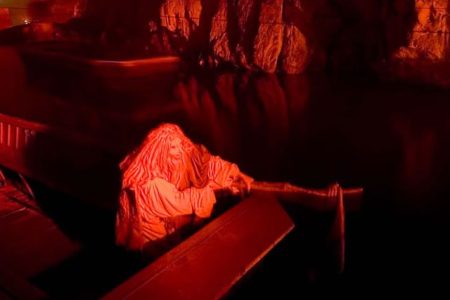
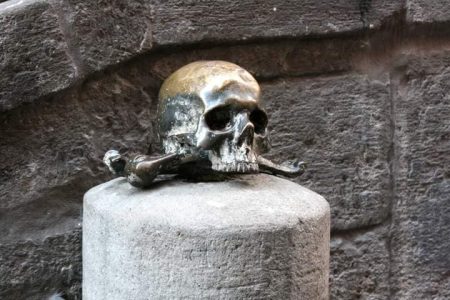
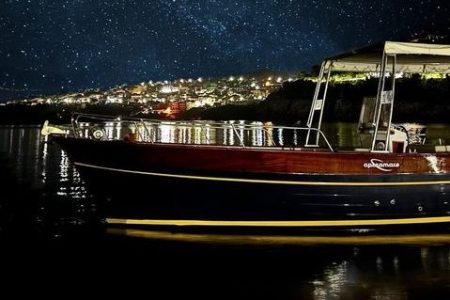

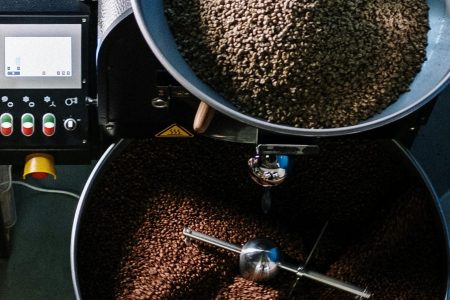
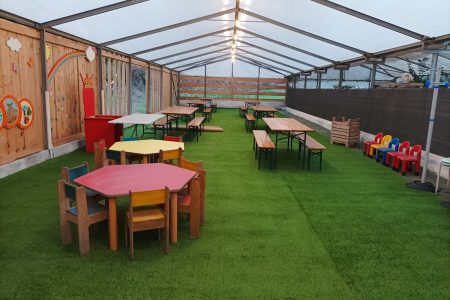
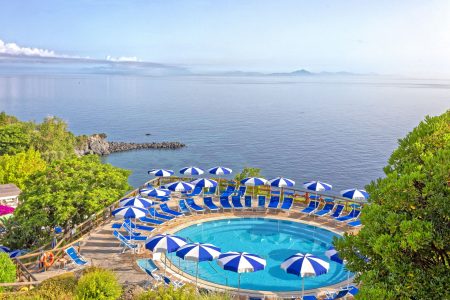
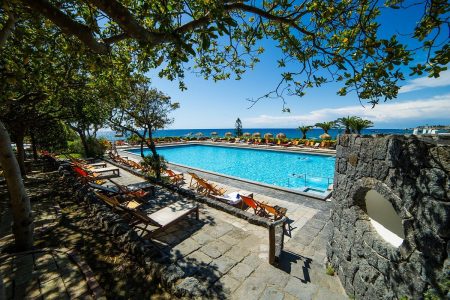
0 Comments